Introduction
Using clippers on wet hair is a common practice for many individuals, especially those who prefer to cut their hair at home. However, there may be concerns regarding the safety and effectiveness of using clippers on wet hair. In this article, we will explore the safety considerations, potential risks, and recommended practices for using clippers on wet hair. By understanding the specifics, individuals can make informed decisions and ensure a safe and satisfactory haircutting experience.
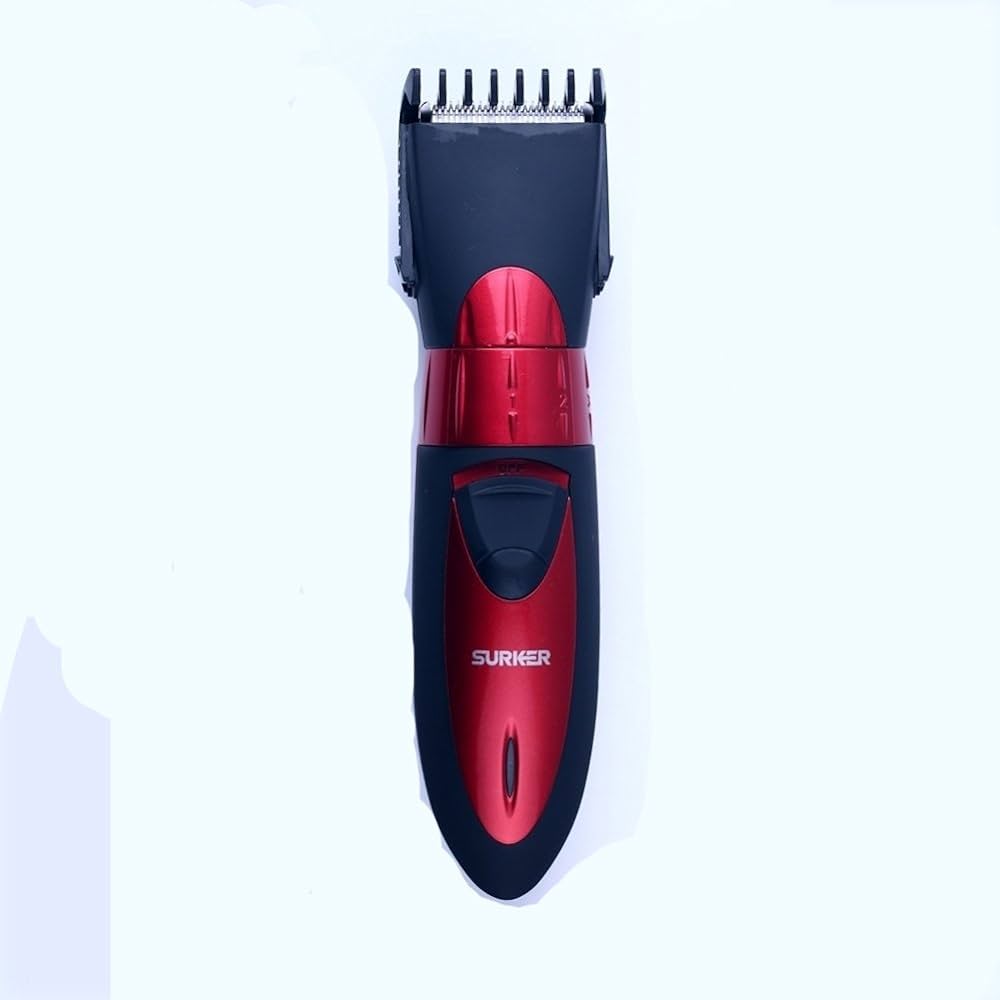
Is it safe to use clippers on wet hair?
Understanding the nature of clippers
Before discussing the safety of using clippers on wet hair, it is essential to understand the basic functioning and components of clippers. Consider the following factors:
Blades: Clippers consist of sharp cutting blades that move rapidly to trim hair. These blades are typically made of stainless steel or ceramic materials and are designed to cut through dry hair.
Motor and power source: Clippers are powered by an electric motor that drives the movement of the blades. The power source can vary, including corded models that require an electrical outlet or cordless models that use rechargeable batteries.
Solution: Clippers are primarily designed and optimized for cutting dry hair. The moisture content in wet hair can affect the performance and safety of clippers.
Safety considerations for using clippers on wet hair
When using clippers on wet hair, several safety considerations should be taken into account. Consider the following factors:
Electrical safety: Clippers that are not specifically designed for use on wet hair can pose a risk of electrical shock if they come into contact with water. It is crucial to ensure that the clippers are not exposed to water or moisture during use.
Blade performance: Wet hair can be heavier and clump together, potentially affecting the performance of the clippers. The blades may struggle to cut through wet hair uniformly, leading to uneven or patchy results.
Skin irritation: Wet hair can cause the blades to pull or tug on the hair, increasing the risk of discomfort or skin irritation. This can be especially problematic for individuals with sensitive skin or scalp conditions.
Solution: It is generally recommended to avoid using clippers on wet hair to ensure safety and optimal cutting performance.
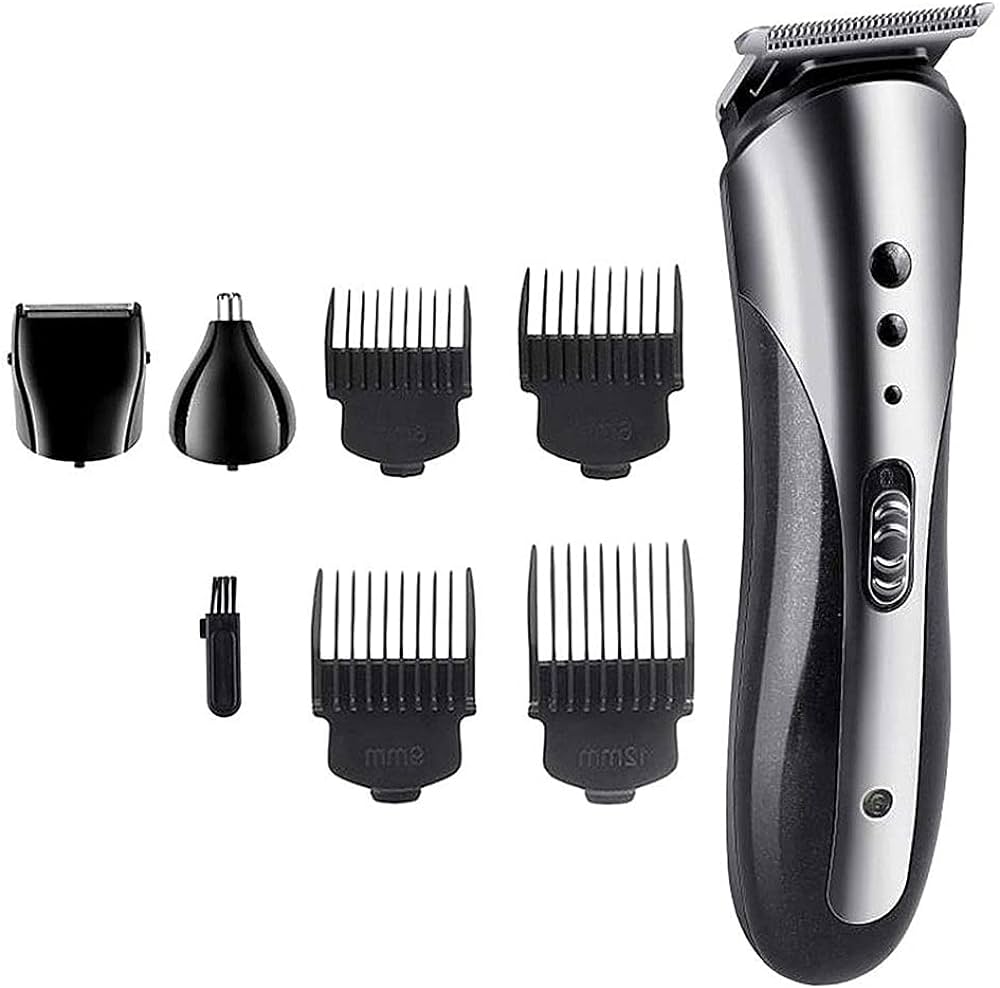
Recommended practices for cutting wet hair
While it is generally advised to avoid using clippers on wet hair, there may be certain circumstances where it is necessary or preferred. In such cases, following specific practices can help minimize risks and improve cutting results. Consider the following recommendations:
Partial drying: Before using clippers on wet hair, it is advisable to partially dry the hair using a towel or a hairdryer on a low heat setting. Removing excess moisture can help improve the performance of the clippers and reduce the risk of uneven cutting.
Hair sectioning: Divide the wet hair into smaller sections to ensure more manageable and even cutting. This can help the clippers work more effectively and minimize the risk of tugging or pulling on the hair.
Lubrication: Apply a light layer of hair clipper oil or spray to the blades before using them on wet hair. This can help reduce friction and enhance the cutting performance.
Regular cleaning and maintenance: After using clippers on wet hair, thoroughly clean and dry the blades to prevent moisture buildup and potential damage. Regularly maintaining the clippers, including oiling the blades and removing hair debris, can extend their lifespan and ensure optimal performance.
Solution: If using clippers on wet hair is unavoidable, partially drying the hair, sectioning it, lubricating the blades, and practicing regular cleaning and maintenance can help mitigate risks and enhance cutting results.
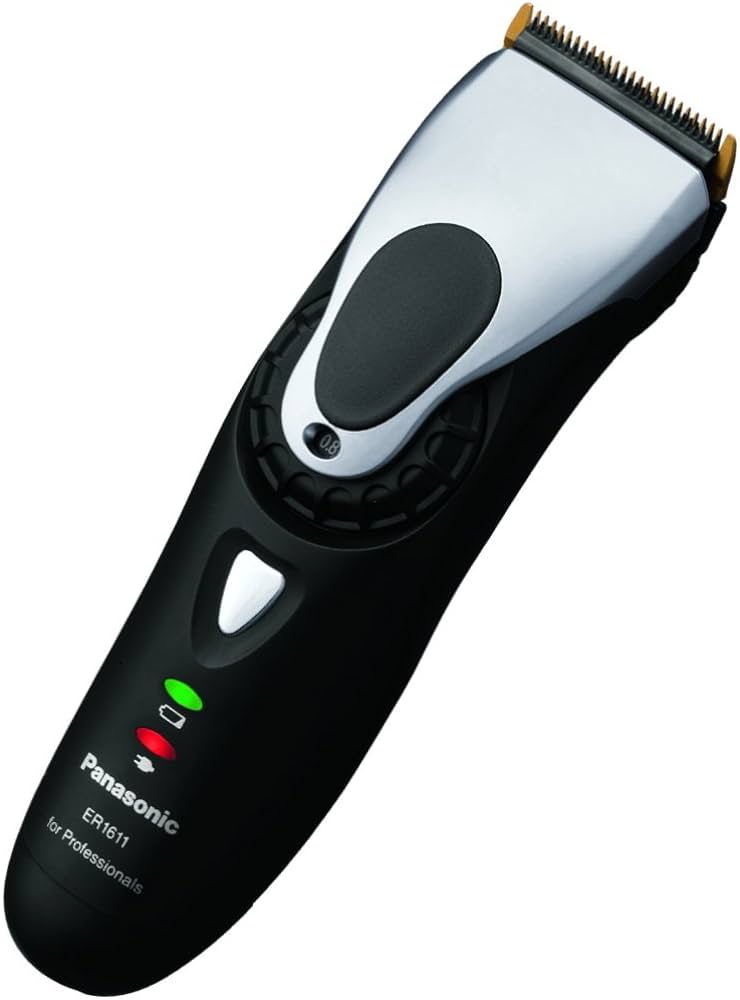
Alternatives to using clippers on wet hair
To ensure safety and achieve satisfactory cutting results, individuals have alternative options when it comes to cutting wet hair. Consider the following alternatives:
Scissors: Using scissors to trim wet hair is generally safer and more suitable than clippers. Scissors can provide greater control and precision for cutting damp or wet hair.
Professional assistance: Seeking professional help from a hairstylist or barber who has the expertise and tools for cutting wet hair can ensure a safe and satisfactory haircut. Professionals understand the specific techniques and considerations for cutting wet hair and can provide the desired style while minimizing risks.
Solution: Opting for scissors or seeking professional assistance are preferable alternatives to using clippers on wet hair.
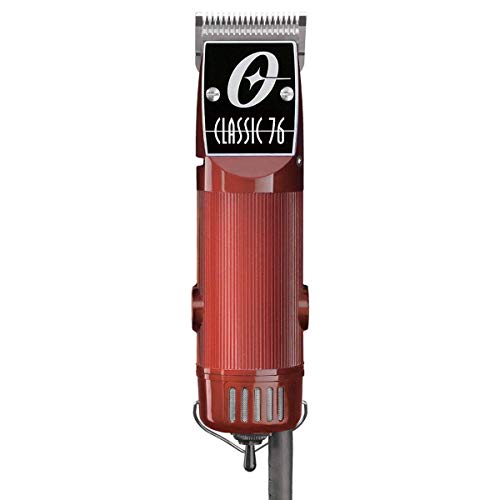
Additional considerations for using clippers on wet hair
While it is generally advised to avoid using clippers on wet hair, there are a few additional considerations to keep in mind if you still choose to do so. Consider the following factors:
Corded vs. cordless clippers: If you opt for using clippers on wet hair, it is important to ensure that you are using cordless clippers that are specifically designed for use in wet conditions. Corded clippers can pose a greater risk of electrical shock if they come into contact with water.
Waterproof or water-resistant clippers: Some clippers on the market are specifically designed to be waterproof or water-resistant. These clippers are equipped with additional safety features that protect against water damage and minimize the risk of electrical shocks. If you decide to use clippers on wet hair, it is essential to choose a model that is explicitly labeled as waterproof or water-resistant.
Personal safety: When using clippers on wet hair, it is important to prioritize personal safety. Ensure that you are standing on a dry surface to minimize the risk of slipping or falling. Additionally, never submerge the clippers in water or use them near water sources to avoid electrical hazards.
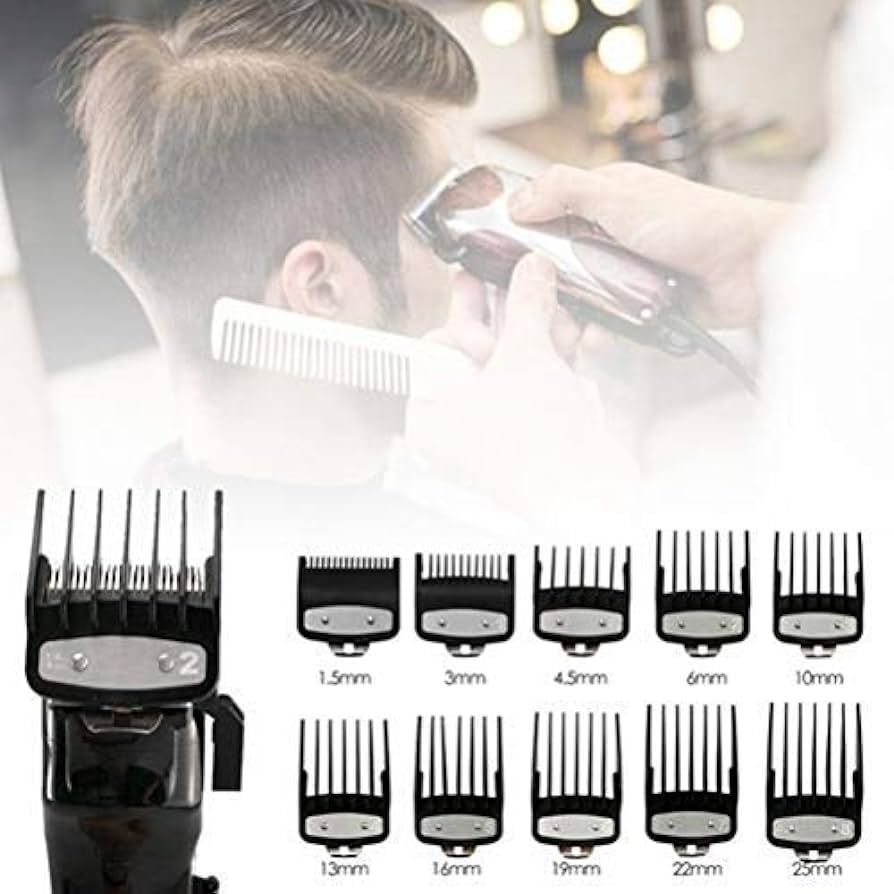
Conclusion
Using clippers on wet hair can pose safety concerns and may affect the cutting performance and results. Clippers are primarily designed for cutting dry hair and are not optimized for wet hair. While it is generally recommended to avoid using clippers on wet hair, there may be circumstances where it is necessary or preferred. In such cases, following recommended practices, such as partial drying, hair sectioning, lubrication, and regular maintenance, can help minimize risks and improve cutting results. However, using scissors or seeking professional assistance are generally safer and more suitable alternatives for cutting wet hair. By understanding the safety considerations and exploring alternative options, individuals can make informed decisions to ensure a safe and satisfactory haircutting experience.
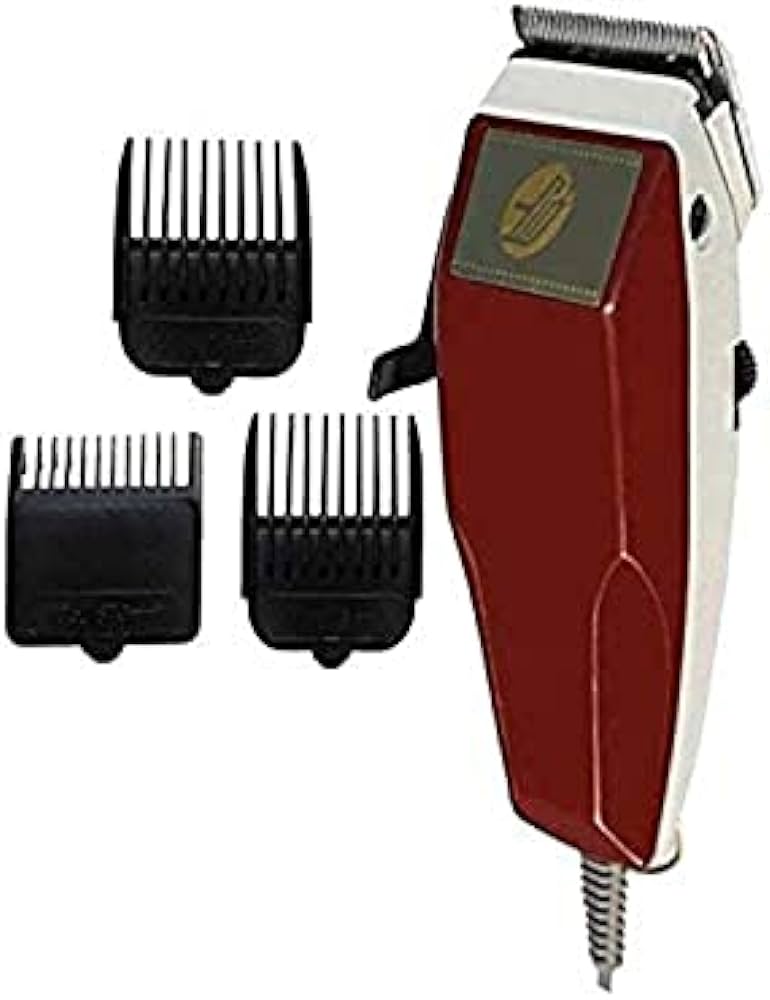
Leave a Reply